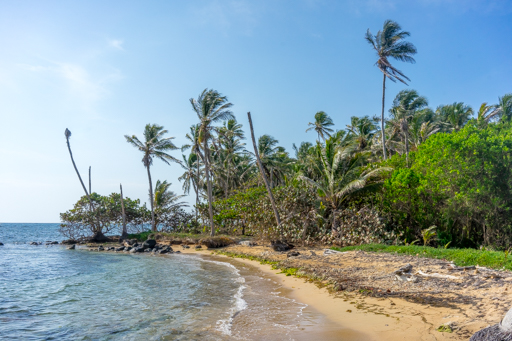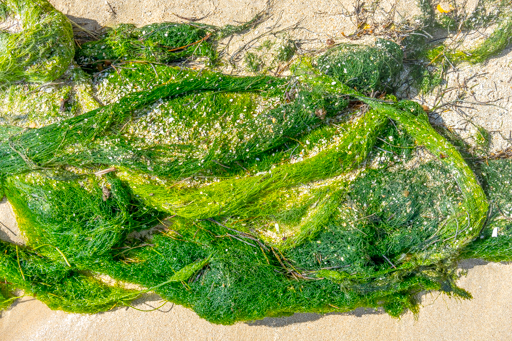The Little Corn experience

A visit to Little Corn Island is a rare treat. Speaking as a guy who was raised on a Caribbean island, makes a hobby of seeking out cool and unusual pieces of land surrounded by ocean, and has explored a lot of islands in the far corners of the globe, this square mile of land 43 miles off Nicaragua's Caribbean coast is special.
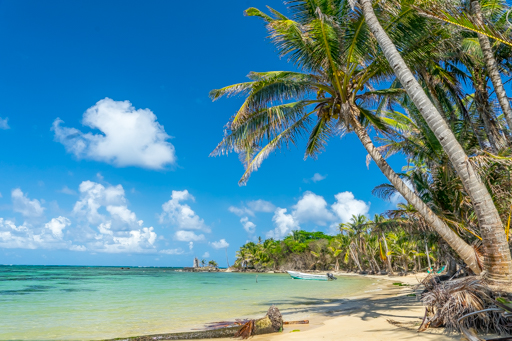
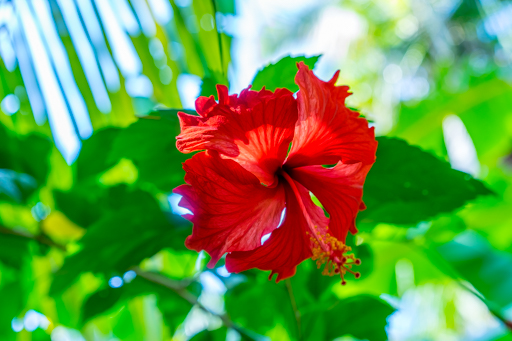
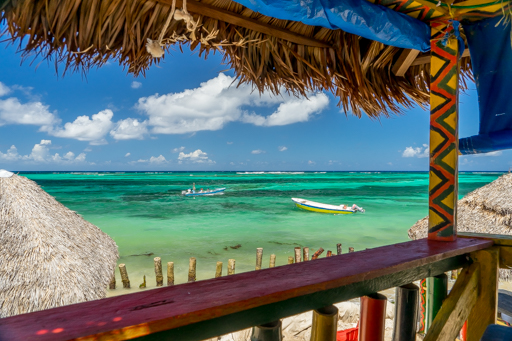
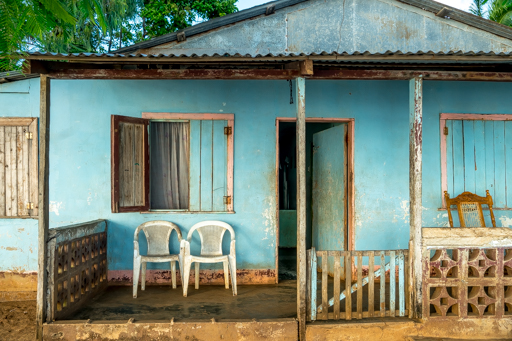
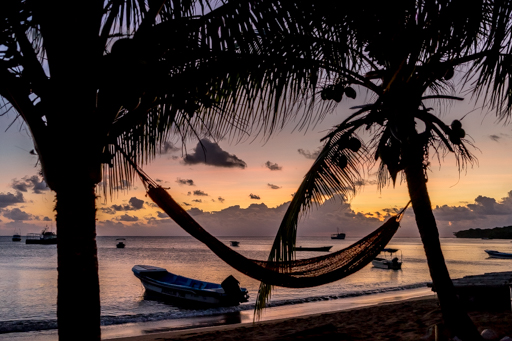
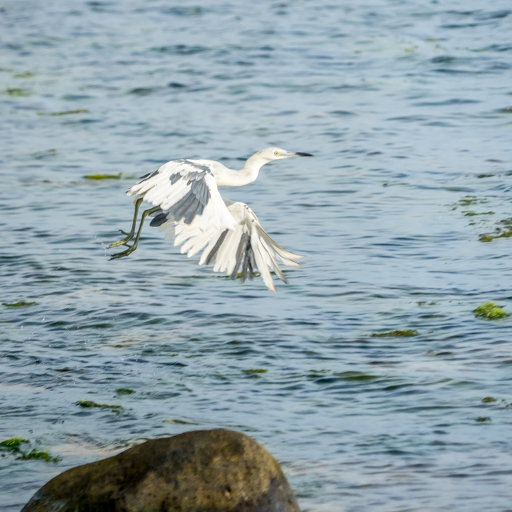
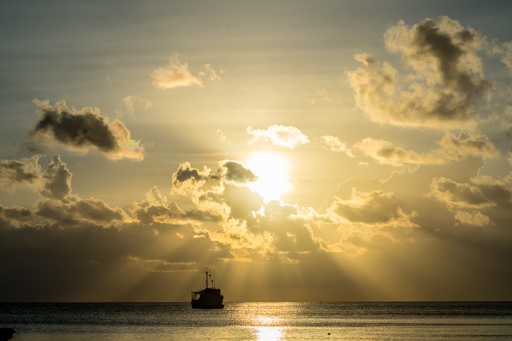
“Special” is of course a subjective word. Capri, Block Island, and Cheung Chau are also special, but in very different ways. In this case I mean rustic-tropical, off-the-beaten-track special. The kind of island a restless inner part of people like me (you know who you are) seems to ever search for but rarely find. There are not many places like this left on the planet that put things together so well but are still fairly accessible, safe, and reasonably inexpensive.
I chose Little Corn for a portion of my sabbatical sight unseen, after hearing bits and pieces about it for years and doing extensive online research. Suffice it to say it has exceeded my expectations.
But herein lies the crux of the matter. I consistently enjoy traveling partly because I hold such things lightly.
In travel, as in life, if you keep your list of needs and requirements short you’ll enjoy a cornucopia of options. Hold expectations lightly and you'll experience pleasant surprises along the way. Insist on your list and you'll more often be disappointed.
The way you handle expectations will make or break your Corn Islands experience.
They mean it when they say “no motorized vehicles” in the island - which sounds quaintly romantic, but implies a number of limitations. Transport is mainly on foot, and those picturesque but narrow tracks that stand for streets around Little Corn village - or the sand paths that crisscross the island - can morph suddenly into a survival trek when carrying a full pack in the blistering mid-day sun. Or finding your way after dark to poorly-marked lodgings hidden in the tropical dry forest.
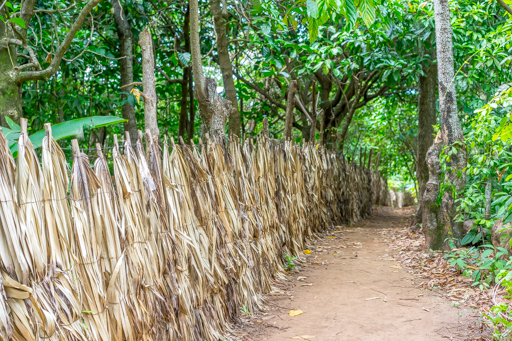
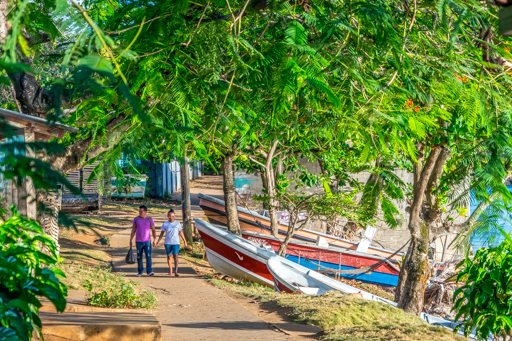
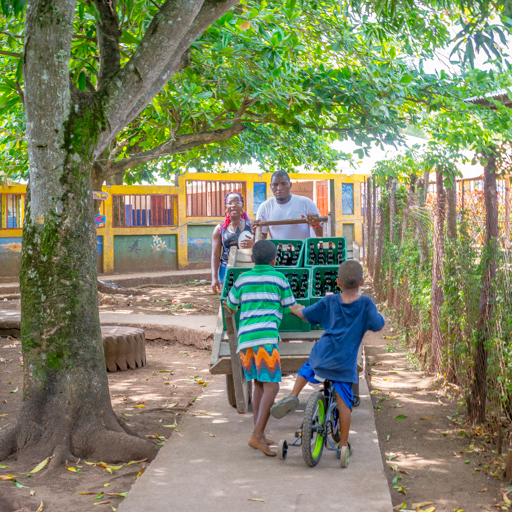
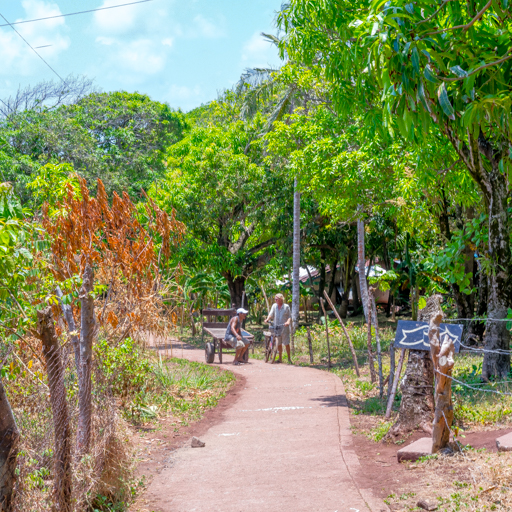
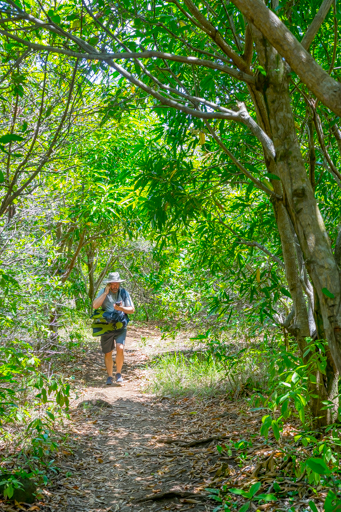
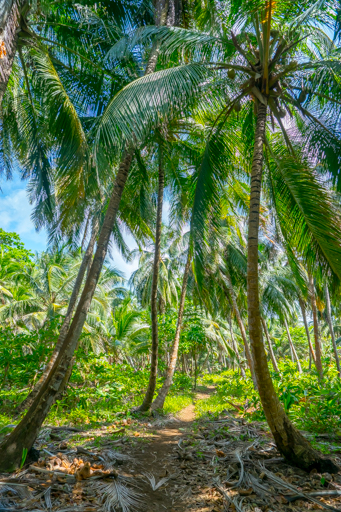
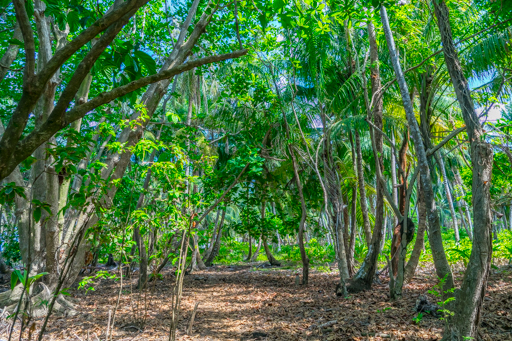
Electricity shuts off, island-wide, from 6 AM to 1 PM daily (a few places offset some or all of this with wind or solar, or a generator). Internet, where available, is slow and spotty. It can get hot and muggy, especially on the west (town) side of the island, so you’d better get a room with a fan (or rare AC, for a premium). Or spring for a room with a well-sited window in a breezy spot. Or you’ll live to regret it.
Food choices are limited and - unsurprisingly - seafood-intensive; you won’t find much variety amongst the eateries. Grocery options are stunningly sparse, and even much of the tropical fruit you might expect can be expensive and hard to find (most is brought in from the mainland). Refrigeration is scarce and costly, so ice is less abundant than you may be used to and butter and fresh milk a rarity. And don’t even think about half and half for your coffee!
Oh, and most beaches carry the flotsam brought in by the day’s tides, including long strands of seaweed and the occasional plastic bottle, unless you stay in a higher-end facility that dutifully rakes their beach a couple times a day. Even then, don’t expect pristine strands of spotless sand. And there is no shelling to speak of.
There. I pretty much covered the primary drawbacks of a Little Corn experience - in a few short paragraphs. Yep, pretty amazing. Especially considering that most of the downsides I just mentioned represent the flip side of stunning upsides.
Kilometers of mostly-deserted, white-sand, windswept beaches with a lot of character - connected by wonderfully meandering sand paths, can easily absorb avid beach-walkers like myself for hours. It’s been a while since I’ve experienced this kind of immersive beach-walk open space. (Vieques island, off Puerto Rico’s east coast, and a number of islands off Thailand’s Andaman coast are in the same league, but more densely populated.)
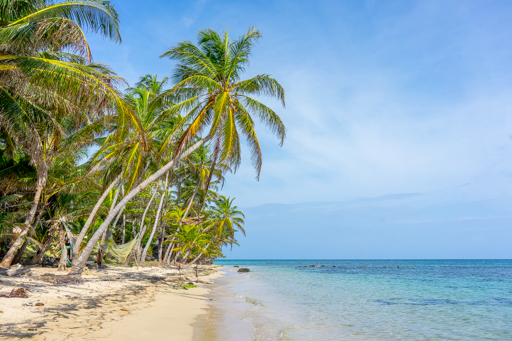

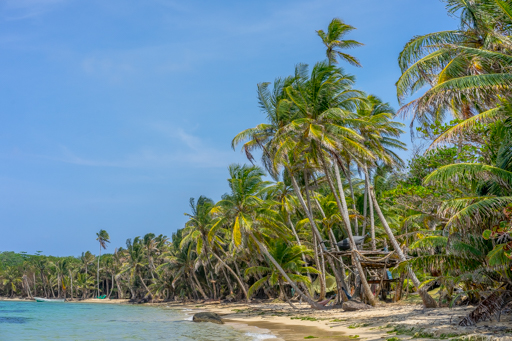
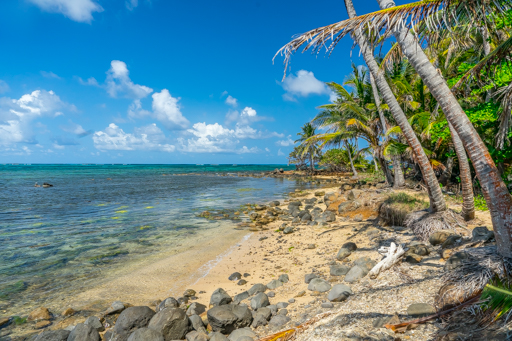
Generally healthy reefs lie just offshore, bathed in turquoise waters with near-perfect visibility. Decent-to-good snorkeling is available in various locations right off the beach, and a handful of operators offer inexpensive outings by boat to even better sites further out. (Our three-stop, $20/pp snorkeling tour ranked among my well-traveled but understated son’s “best-ever”.)
A profusion of marine life can be readily seen including a good assortment of reef fish, spotted eagle rays and stingrays, green sea turtles and squid, and an array of sharks. Several respectable dive operators offer scuba certification and well-priced dive packages.
Food is consistently tasty, fresh, well-prepared, and moderate-to-inexpensive. Splurging works surprisingly well: dinner at either of the island's excellent chef-driven restaurants will cost you about the same as an evening at TGI Friday’s back home. A couple of laid-back, classic (hammock-chairs-in-the-sand-under-strings-of-lights-in-the-trees) beach bars compete for the backpacker-and-expat crowd with happy hours, occasional live music, and trivia nights.
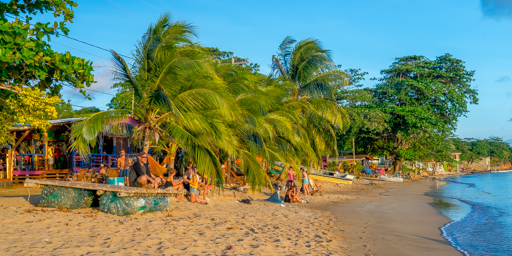
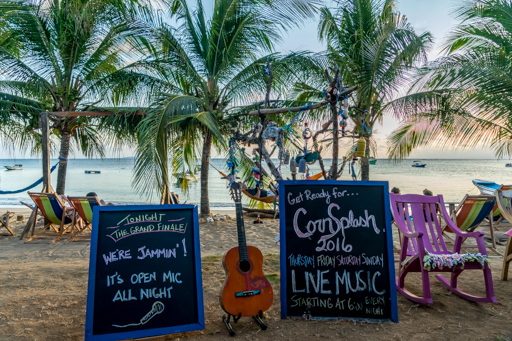
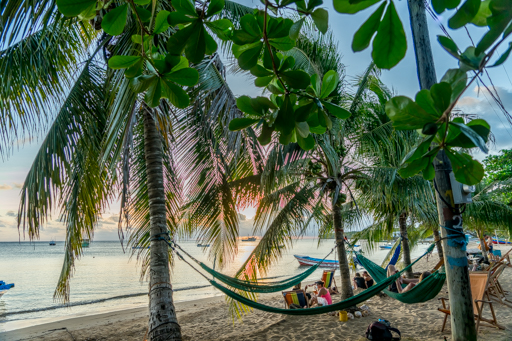
The island’s population is listed at 1200, including roughly 75% "tourists”. Residents are mostly Miskito, with a few expats and hispanic Nicas from the mainland mixed in. Friendly and easy-going, they welcome outsiders to their island and seem to have so far eluded the jaded aloofness common to islanders worldwide who routinely endure waves of frequently clueless foreigners. Eye contact and a little respect consistently yields warm and genuine interaction.
Locals provide a range of useful services (including wheelbarrow-hauling of your luggage upon request) in a laid-back, jus’ chilling’ sort of way (i.e. nobody’s hustling time shares, hammocks, or copy-watches, and nobody is begging). The predominant, melodic creole dialect is just plain fun to listen to and sufficiently intelligible for English speakers, and residents can generally switch to Spanish if need be.
Little Corn's hostelries deserve their own space, so I’ll tackle that in a separate post.

